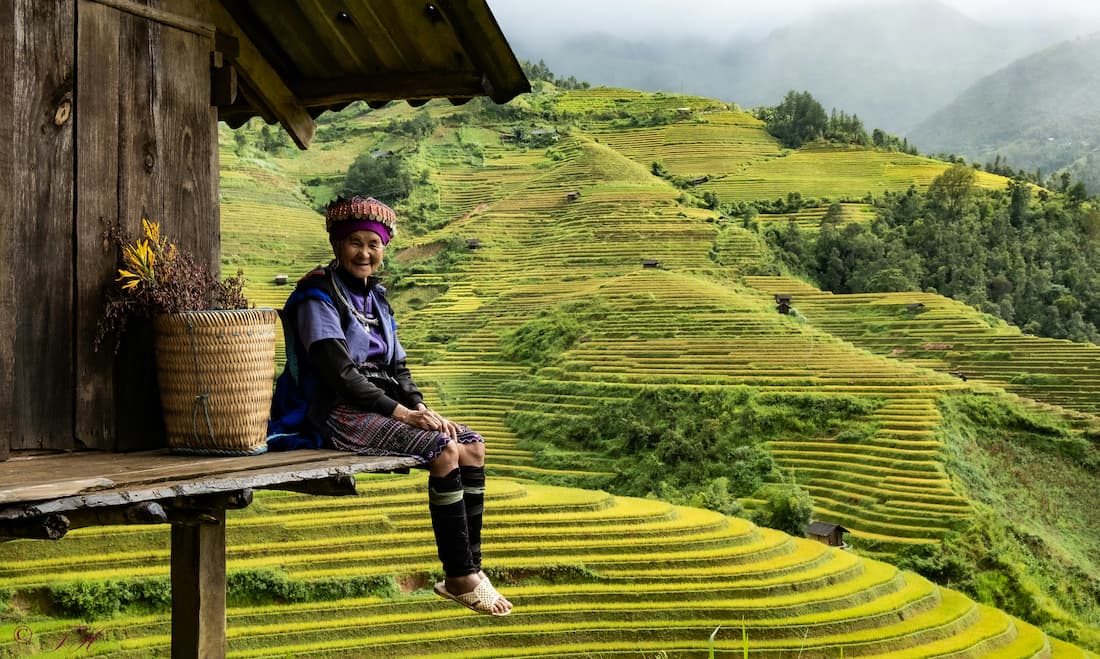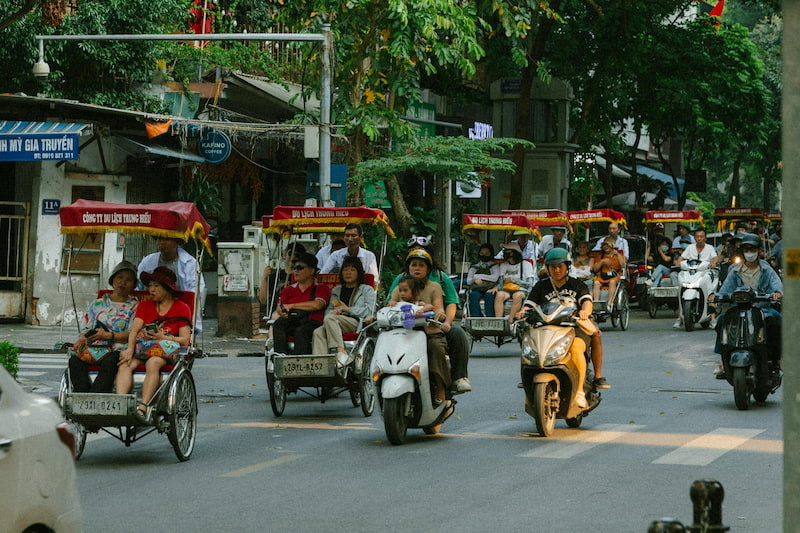The perfect storm: Factors driving Vietnam's tourism surge
This unprecedented growth is the result of a confluence of strategic government initiatives, effective marketing, and the country's ability to tap into emerging global travel trends. RMIT experts in tourism outline key factors behind the country’s blooming travel industry.
First, Vietnam has eased access for international travellers through liberalised visa policies. Dr Daisy Kanagasapapathy, Associate Program Manager of the Tourism and Hospitality Management program at RMIT Vietnam, says: “The extension of e-visas to all nationalities for a 90-day, multiple-entry stay, along with expanded visa exemptions for numerous countries, has significantly lowered barriers and made Vietnam a more attractive and accessible destination compared to its regional counterparts”.
Besides, Vietnam has strengthened its air connectivity significantly. Dr Kanagasapapathy explains: “The skies above Vietnam have become busier than ever, thanks to an expansion of international flight routes, including crucial direct connections from major hubs in Europe, North America, and the Middle East.
“This increased accessibility has been instrumental in attracting visitors from key markets like China, South Korea, Japan, and the United States, as well as a notable rise in European travellers from the UK and Germany.”
Furthermore, the 50th anniversary of reunification offers a meaningful moment for reflection, drawing both domestic and international tourists to explore Vietnam’s history and heritage. According to Dr Kanagasapapathy, the government and tourism authorities have strategically leveraged this milestone through campaigns like "Vietnam: A journey of unity," highlighting key historical sites such as the Reunification Palace and the War Remnants Museum, alongside the country's breathtaking natural beauty, from Ha Long Bay to Sapa.
“This national celebration has resonated deeply with both domestic and international tourists seeking cultural enrichment and historical understanding.”
She also notes that Vietnam is embracing diversity by tapping into the rise of niche tourism. This forward-thinking approach involves catering to various niche markets, ensuring the country's appeal extends beyond traditional holidaymakers.
A notable example of this is the country's growing focus on the Halal travel market. By investing in Halal food certification, promoting Halal-friendly accommodations, and increasing the availability of prayer facilities, Vietnam is positioning itself as a welcoming destination for tourists from Muslim-majority countries such as Indonesia, Malaysia, and those in the Middle East.
In a similar vein, Dr Jackie Ong, Senior Lecturer in the Tourism and Hospitality Management program at RMIT Vietnam, highlights how Vietnam has successfully expanded its appeal beyond traditional beach and cultural tourism.
“The growth of adventure tourism, including trekking, caving, motorcycling, along with wellness retreats, and eco-tourism initiatives has attracted a broader range of travellers seeking unique and customised experiences”, Dr Ong says.






